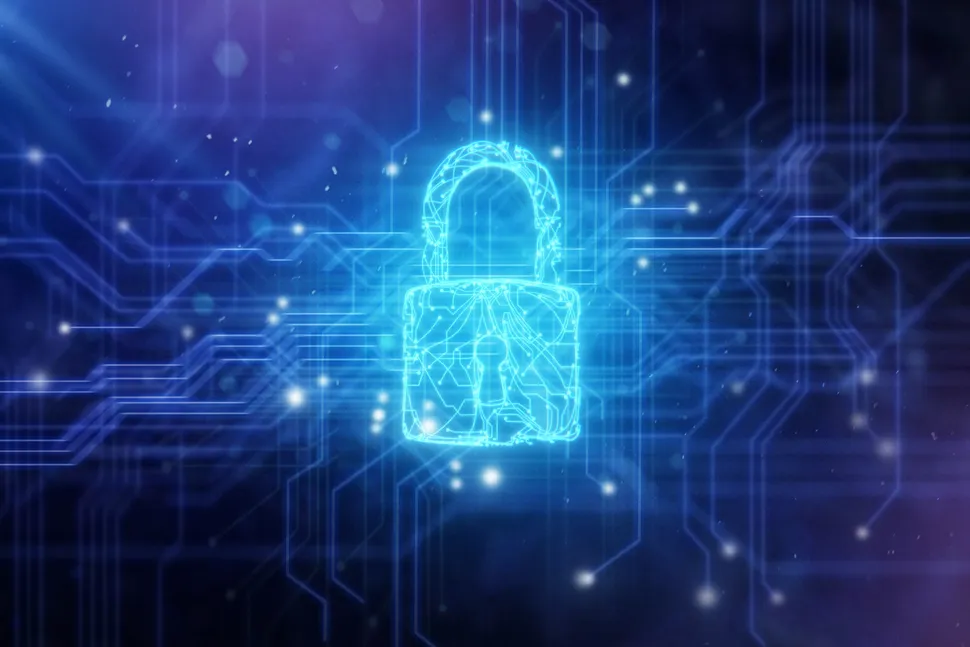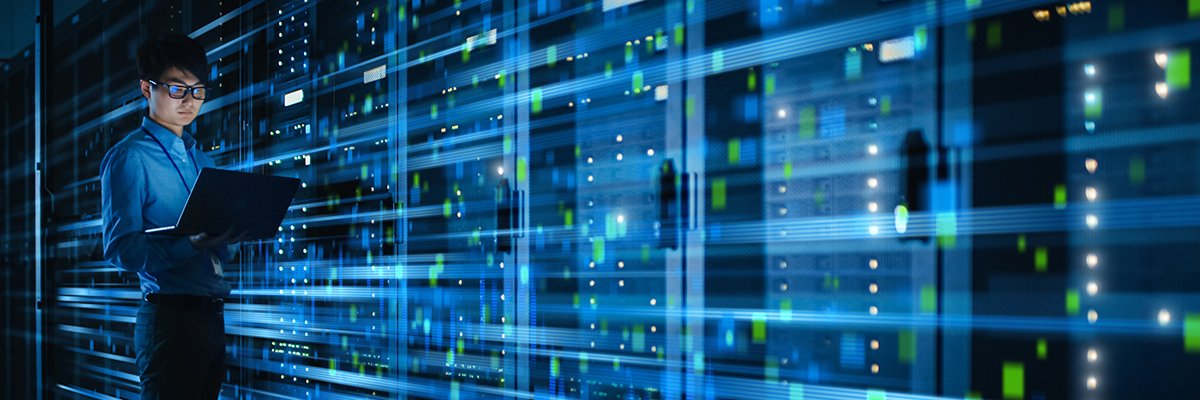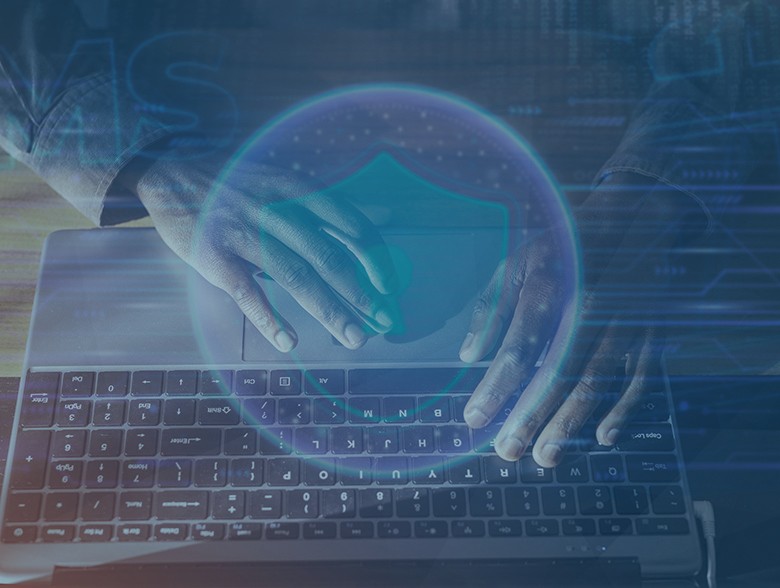AI imperatives for modern talent acquisition

In talent acquisition, the journey ahead promises to be tougher than ever.
Recruiters face a paradigm shift, moving beyond traditional notions of filling
vacancies to addressing broader business challenges. The days of simply sourcing
candidates are long gone; today's TA professionals must navigate complexities
ranging from upskilling and reskilling to mobility and contracting. ... At the
heart of it lies a structural shift reshaping the global workforce. Demographic
trends, such as declining birth rates, paint a sobering picture of a world where
there simply aren't enough people to fill available roles. This demographic
drought isn't limited to a single region; it's a global phenomenon with
far-reaching implications. Compounding this challenge is the changing nature of
careers. No longer tethered to a single company, employees are increasingly
empowered to seek out opportunities that align with their aspirations and
values. This has profound implications for talent retention and development,
necessitating a shift towards systemic HR strategies that prioritise upskilling,
mobility, and employee experience.
Ineffective scaled agile: How to ensure agile delivers in complex systems
When developing a complex system it’s impossible to uncover every challenge even
with the most in-depth upfront analysis. One way of dealing with this is by
implementing governance that emphasizes incorporating customer feedback, active
leadership engagement and responding to changes and learnings. Another challenge
can arise when teams begin to embrace working autonomously. They start
implementing local optimizations which can lead to inefficiencies. The key is
that the governance approach should make sure that the overall work is broken
down into value increments per domain and then broken down further into value
increments per team in regular time intervals. This creates a shared sense of
purpose across teams and guides them towards the same goal. Progress can then be
tracked using the working system as the primary measure of progress. Those
responsible for steering the overall program need to facilitate feedback and
prioritization discussions, and should encourage the leadership to adapt to
internal insights or changes in the external environment.
How to navigate your way to stronger cyber resilience

If an organization doesn’t have a plan for what to do if a security incident
takes place, they risk finding themselves in the precarious position of not
knowing how to react to events, and consequently doing nothing or the wrong
thing. The report also shows that just over a third of the smaller companies
worry that senior management doesn’t see cyberattacks as a significant risk. How
can they get greater buy-in from their management team on the importance of
cyber risks? It’s important to understand that this is not a question of
management failure. It is hard for business leaders to engage with or care about
something they don’t fully understand. The onus is on security professionals to
speak in a language that business leaders understand. They need to be
storytellers and be able to explain how to protect brand reputation through
proactive, multi-faceted defense programs. Every business leader understands the
concept of risk. If in doubt, present cybersecurity threats, challenges, and
opportunities in terms of how they relate to business risk.
DDoS attacks: Definition, examples, and techniques

DDoS botnets are the core of any DDoS attack. A botnet consists of hundreds or
thousands of machines, called zombies or bots, that a malicious hacker has
gained control over. The attackers will harvest these systems by identifying
vulnerable systems that they can infect with malware through phishing attacks,
malvertising attacks, and other mass infection techniques. The infected machines
can range from ordinary home or office PCs to DDoS devices—the Mirai botnet
famously marshalled an army of hacked CCTV cameras—and their owners almost
certainly don’t know they’ve been compromised, as they continue to function
normally in most respects. The infected machines await a remote command from a
so-called command-and-control server, which serves as a command center for the
attack and is often itself a hacked machine. Once unleashed, the bots all
attempt to access some resource or service that the victim makes available
online. Individually, the requests and network traffic directed by each bot
towards the victim would be harmless and normal.
7 ways to use AI in IT disaster recovery

The integration of AI into IT disaster recovery is not just a trendy addition;
it's a significant enhancement that can lead to quicker response times, reduced
downtime and overall improved business continuity. By proactively identifying
risks, optimizing resources and continuously learning from past incidents, AI
offers a forward-thinking approach to disaster recovery that could be the
difference between a minor IT hiccup and a significant business disruption. ...
A significant portion of IT disasters are due to cyberthreats. AI and machine
learning can help mitigate these issues by continuously monitoring network
traffic, identifying potential threats and taking immediate action to mitigate
risks. Most new cybersecurity businesses are using AI to learn about emerging
threats. They also use AI to look at system anomalies and block questionable
activity. ... AI can optimize the use of available resources, ensuring that
critical functions receive the necessary resources first. This optimization can
greatly increase the efficiency of the recovery process and help organizations
working with limited resources.
Underwater datacenters could sink to sound wave sabotage
In a paper available on the arXiv open-access repository, the researchers detail
how sound at a resonant frequency of the hard disk drives (HDDs) deployed in
submerged enclosures can cause throughput reduction and even application
crashing. HDDs are still widely used in datacenters, despite their obituary
having been written many times, and are typically paired with flash-based SSDs.
The researchers focused on hybrid and full-HDD architectures to evaluate the
impact of acoustic attacks. The researchers found that sound at the right
resonance frequency would induce vibrations in the read-write head and platter
of the disks by vibration propagation, proportional to the acoustic pressure, or
intensity of the sound. This affects the disk's read/write performance. For the
tests, a Supermicro rack server configured with a RAID 5 storage array was
placed inside a metal enclosure in two scenarios; an indoor laboratory water
tank and an open-water testing facility, which was actually a lake on the
Florida University campus. Sound was generated from an underwater speaker.
Agile Design, Lasting Impact: Building Data Centers for the AI Era

While there is a clear need for more data centers, the development timeline of
building new, modern data centers incorporating these technologies and
regulatory adaptations is currently between three to five years (more in some
cases). And not just that, the fast pace at which technology is evolving means
manufacturers are likely to face the need to rethink strategy and innovation
mid-build to accommodate further advancements. ... This is a pivotal moment
for our industry and what’s built today could influence what’s possible
tomorrow. We’ve had successful adaptations before, but due to the current pace
of evolution, future builds need to be able to accommodate retrofits to ensure
they remain fit for purpose. It's crucial to strike a balance between meeting
demand, adhering to regulations, and designing for adaptability and durability
to stay ahead. We might see a rise in smaller, colocation data centers
offering flexibility, reduced latency, and cost savings. At the same time,
medium players could evolve into hyperscalers, with the right vision to build
something suitable to exist in the next hype cycle.
Quantum internet inches closer: Qubits sent 22 miles via fiber optic cable

Even as the biggest names in the tech industry race to build fault-tolerant
quantum computers, the transition from binary to quantum can only be completed
with a reliable internet connection to transmit the data. Unlike binary bits
transported as light signals inside a fiber optic cable that can be read,
amplified, and transmitted over long distances, quantum bits (qubits) are
fragile, and even attempting to read them changes their state. ... Researchers
in the Netherlands, China, and the US separately demonstrated how qubits could
be stored in “quantum memory” and transmitted over the fiber optic network.
Ronald Hanson and his team at the Delft University of Technology in the
Netherlands encoded qubits in the electrons of nitrogen atoms and nuclear
states of carbon atoms of the small diamond crystals that housed them. An
optical fiber cable traveled 25 miles from the university to another
laboratory in Hague to establish a link with similarly embedded nitrogen atoms
in diamond crystals.
Cyber resilience: Safeguarding your enterprise in a rapidly changing world

In an era defined by pervasive digital connectivity and ever-evolving threats,
cyber resilience has become a crucial pillar of survival and success for
modern-day enterprises. It represents an organisation’s capacity to not just
withstand and recover from cyberattacks but also to adapt, learn, and thrive
in the face of relentless and unpredictable digital challenges. ... Due to the
crippling effects a cyberattack can have on a nation, governments and
regulatory bodies are also working to develop guidelines and standards which
encourage organisations to embrace cyber resilience. For instance, the
European Parliament recently passed the European Cyber Resilience Act (CRA), a
legal framework to describe the cybersecurity requirements for hardware and
software products placed on the European market. It aims to ensure
manufacturers take security seriously throughout a product’s lifecycle. In
other regions, such as India, where cybersecurity adoption is comparatively
evolving, the onus falls on industry leaders to work with governmental bodies
and other enterprises to encourage the development and adoption of similar
obligations.
How to Build Large Scale Cyber-Physical Systems
There are several challenges in building hardware-reliant cyber-physical
systems, such as hardware lead times, organisational structure, common
language, system decomposition, cross-team communication, alignment, and
culture. People engaged in the development of large-scale safety-critical
systems need line of sight to business objectives, Yeman said. Each team
should be able to connect their daily work to those objectives. Yeman
suggested communicating the objectives through the intent and goals of the
system as opposed to specific tasks. An example of an intent-based system
objective would be to ensure the system can communicate to military platforms
securely as opposed to specifically defining that the system must communicate
via link-16, she added. Yeman advised breaking the system problem down into
smaller solvable problems. With each of those problems resolve what is known
first and then resolve the unknown through a series of experiments, she said.
This approach allows you to iteratively and incrementally build a continuously
validated solution.
Quote for the day:
"Remember, teamwork begins by building
trust. And the only way to do that is to overcome our need for
invulnerability." -- Patrick Lencioni
No comments:
Post a Comment